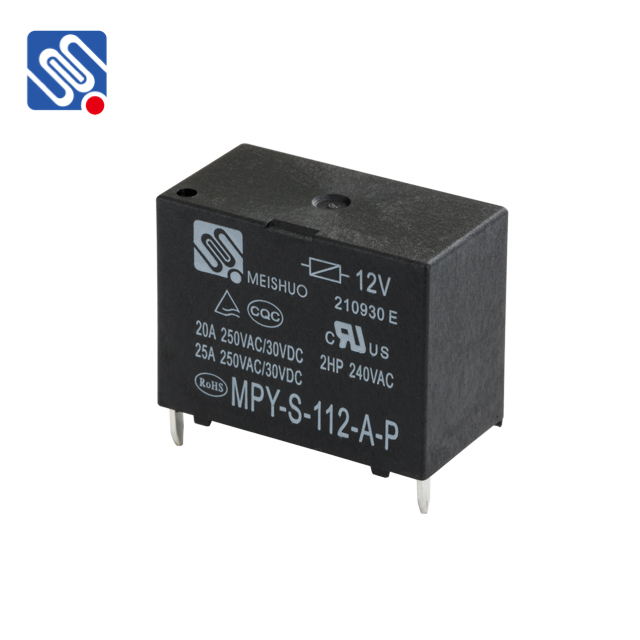understanding relay voltage rating: the key to reliable performance by meishuo
Release time:2025-03-05 08:50:18
In modern electrical systems, relays play a crucial role in controlling the flow of electricity to various components, devices, and circuits. A relay serves as an electrically operated switch, often used in automotive, industrial, and consumer electronic applications. One of the key aspects that determine the relay's reliability and efficiency is its voltage rating. Understanding the voltage rating of a relay is essential to ensure its proper function, safety, and longevity. In this article, we will explore what a relay voltage rating is, why it matters, and how Meishuo’s innovative relay products meet the highest standards.

What is a Relay Voltage Rating?
The voltage rating of a relay is the maximum voltage that the relay can handle across its contacts while still maintaining safe and reliable operation. This rating is vital because if a relay is exposed to voltage levels beyond its rated capacity, it could result in insulation breakdown, contact damage, or even relay failure. Relays are typically designed for either AC (alternating current) or DC (direct current) circuits, and each type has its own voltage rating standards based on the electrical properties of the circuit.
Why is Voltage Rating Important?

